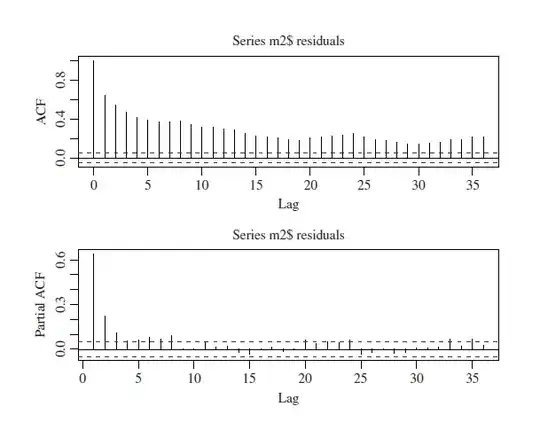I am working with a data set of the mass of plastic found at various sites. At most sites, we found no plastic and so the data is zero-inflated (see histogram below). I want to model the data using variables such as human population, season (etc.) as explanatory variables, but am not sure which model to use. Does anyone have any suggestions?
I have been doing some reading and am not sure if a hurdle model or a zero-inflated model would be best.
